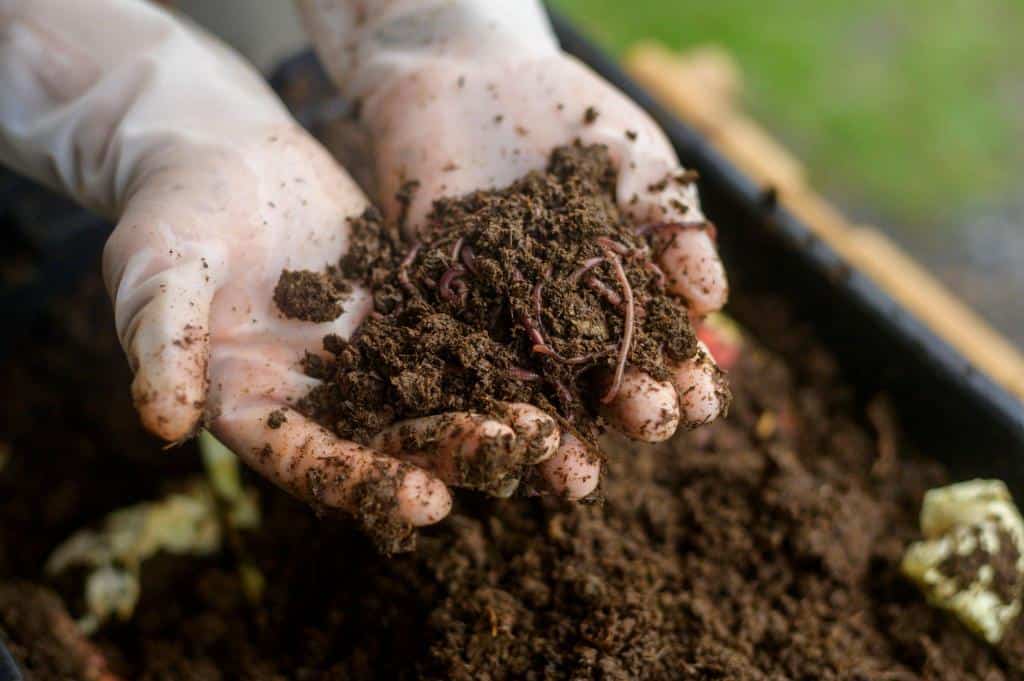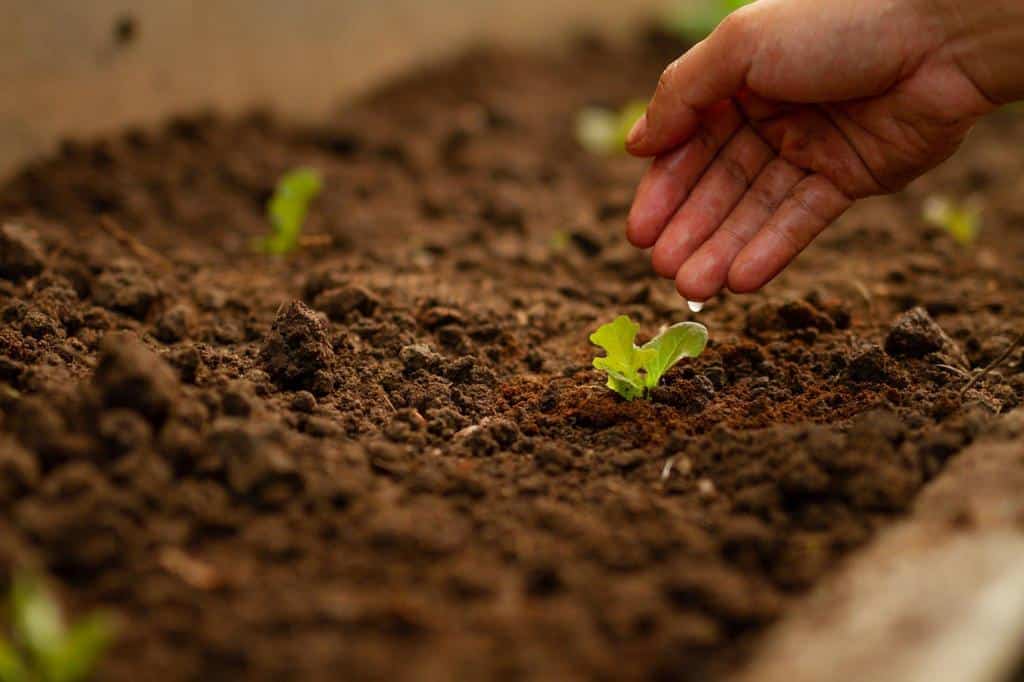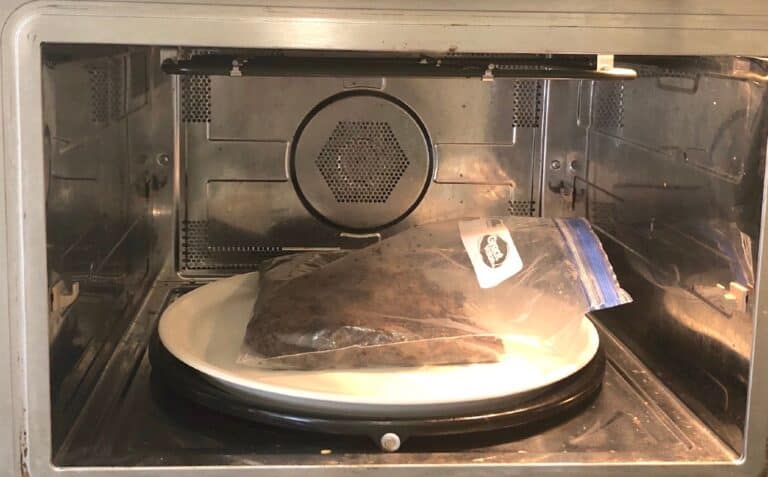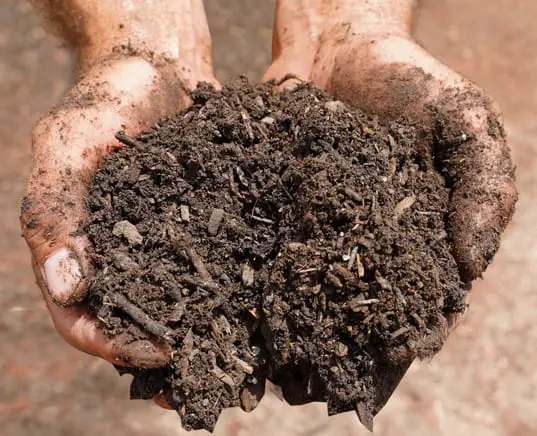Does Soil Solarization Kill Worms and Nematodes?

When it comes to gardening and agriculture, one of the most persistent challenges that farmers and gardeners face is dealing with pests, such as nematodes and worms. These microscopic organisms can wreak havoc on crops and plants, leading to significant losses in yield and productivity.
Fear not, for we have a secret weapon in our arsenal – soil solarization. You might be wondering, Does it really work? And, um, why the double mention of nematodes? Well, stick with us, and we’ll clear all your doubts!
In this fascinating journey, we’ll explore the wonders of soil solarization, a solar-powered natural pest control method. We’ll explore how it turns up the heat on nematodes and worms, leaving your garden pest-free and flourishing. And don’t worry, we’ll explain why nematodes get two mentions in our title (spoiler: it’s for a reason!).
What is Soil Solarization?
Soil solarization is a natural method of pest control that utilizes the sun’s energy to heat the soil to temperatures that are lethal to many soil-borne pests, including nematodes and harmful bacteria. It involves covering moist soil with a transparent plastic tarp, which traps solar radiation and raises the soil temperature to a level that eliminates pests and diseases.
The process typically takes several weeks during hot, sunny periods, usually in the summer. The plastic cover prevents heat from escaping, creating an inhospitable environment for the pests. As the soil heats up, the harmful organisms are killed, reducing their population and potential damage to crops.
How to Implement Soil Solarization to Kill Worms and Nematodes

Soil solarization is a straightforward process that can be implemented with some planning and preparation. Here’s a step-by-step guide to help you get started:
- Choose the Right Time: Soil solarization is most effective during the hottest months of the year when the sun’s rays are intense. It is essential to pick a period with extended periods of sunshine and minimal cloud cover.
- Prepare the Soil: Clear the area of debris, weeds, and other organic matter. Rake the soil to remove any large stones or clumps that could puncture the plastic sheet.
- Irrigate the Soil: Thoroughly water the area to ensure the soil is moist to a depth of about 6 inches. This step is crucial to conduct heat effectively throughout the soil profile.
- Cover the Soil: Lay a clear plastic tarp over the damp soil. Bury the edges of the tarp in the soil or secure them with heavy objects to prevent heat from escaping.
- Monitor the Process: Leave the plastic cover in place for about 4 to 6 weeks, depending on the intensity of the heat and the severity of the pest problem. Monitor the temperature regularly to ensure it remains at a level that can kill pests effectively.
- Remove the Cover: After the recommended period, remove the plastic cover and allow the soil to cool. You can then proceed with planting your crops or transplants.
Soil Solarization Effectiveness Against Nematodes
Nematodes are a diverse group of microscopic worms that can either be beneficial or detrimental to plants. While some nematode species help decompose organic matter and improve soil structure, others feed on plant roots, causing stunted growth, wilting, and yield reduction.
Research and practical experience have shown that soil solarization is highly effective in controlling harmful nematode populations. The high temperatures reached during the process effectively kill nematodes in the top layers of the soil, reducing their numbers significantly. As a result, plants can grow with fewer restrictions on their root systems, leading to healthier and more productive crops.
Impact on Earthworms
Earthworms play a vital role in maintaining soil health. They improve soil structure by burrowing and creating tunnels, allowing air and water to penetrate deep into the ground. Earthworms also enhance nutrient cycling by breaking down organic matter, making nutrients more available to plants.
One issue that gardeners frequently raise is whether soil solarization harms both these beneficial earthworms and harmful nematodes. Studies have found that earthworms generally exhibit a high tolerance to the temperatures reached during soil solarization. These creatures have the ability to burrow deeper into the soil, escaping the most intense heat near the surface.
However, it is essential to consider the type of soil in your garden or farm. In sandy soils with lower water retention, the heat may penetrate deeper, potentially affecting more earthworms. On the other hand, in soils with higher water content or higher clay content, the heat may be less intense in the deeper layers, offering earthworms better protection.
To safeguard earthworm populations during soil solarization, it is advisable to ensure that the soil is adequately moist before covering it with the plastic sheet. You can accomplish this by thoroughly irrigating the area a few days prior to starting the process.
How Long Does Soil Solarization Take To Kill Worms and Nematodes?
The duration required for soil solarization to effectively target worms and nematodes is a matter of strategic consideration. Generally, the process spans a period of four to six weeks during the hottest months of the year, harnessing the sun’s relentless energy to create a natural pest control solution. This timeline ensures optimal conditions for heat penetration and nematode suppression.
Throughout this solarization period, the elevated temperatures achieved beneath the transparent plastic or black sheets play a pivotal role. These intensified conditions create an environment that is particularly hostile to pests, including harmful nematodes.
As the sun’s radiant energy gets trapped, the heat accumulates within the soil, disrupting the nematodes’ life cycles and reducing their populations.
Balancing the duration and intensity of soil solarization is essential. Longer exposure periods enhance the eradication of these unwanted inhabitants, while the strategic timing during the peak of heat maximizes its efficiency.
As you embark on your soil solarization journey, remember that this natural process, with its carefully timed dance between sunlight and soil, holds the potential to transform your garden or field into a thriving, pest-resistant haven.
Comparing Different Techniques for Controlling Worms and Nematodes, Including Soil Solarization
In the intricate realm of gardening, where the balance between growth and pests is a delicate waltz, the question of controlling worms and nematodes takes center stage. As stewards of our green sanctuaries, we find ourselves faced with a myriad of techniques, each with its own rhythmic sway in this intricate choreography. Among these, soil solarization emerges as a mesmerizing performer, captivating gardeners with its radiant approach.
Techniques Unveiled: A Gardener’s Arsenal
The stage is set with a variety of techniques, each akin to a different dance partner. From biological controls that enlist beneficial nematodes as allies to chemical interventions that orchestrate pests’ retreat, gardeners have an array of options. But it’s the technique of soil solarization that draws our gaze – a method that employs the sun’s brilliance to suppress unwanted populations. Transparent sheets cover the soil, allowing the sun’s heat to penetrate and make it uninhabitable for pests. This radiant ballet not only eradicates pests but also fosters soil sterilization, creating a pristine canvas for planting.
Comparing Approaches
| Technique | Approach | Effectiveness |
| Biological Controls | Beneficial nematodes combat harmful ones | Varies |
| Chemical Interventions | Pesticides deter and eliminate pests | Effective, but impacts ecosystem |
| Soil Solarization | Sun’s heat suppresses pests, sterilizes soil | Effective, non-chemical, ecosystem impact |
In the heart of this performance, soil solarization emerges as a soloist with a distinctive brilliance. Unlike chemical interventions that have ecological consequences, this technique dances to a natural rhythm, embracing the sun’s warmth as its partner. Through its radiant embrace, it not only curtails the presence of worms and nematodes but also leaves the soil enriched, setting the stage for harmonious growth.
As gardeners, we’re both choreographers and spectators in this enthralling play. Each technique brings its unique cadence to the symphony, but it’s the eco-friendly grace of soil solarization that resonates with the spirit of nurturing and balance. Among the myriad choices, this radiant technique stands as a testament to our harmonious coexistence with nature, where the sun’s brilliance becomes our ally in orchestrating a garden that flourishes in rhythm with the earth.
Other Benefits of Soil Solarization
Beyond nematode and pest control, soil solarization offers several other benefits to farmers and gardeners:
- Weed Suppression: The high temperatures during soil solarization can also help reduce weed populations. Many weed seeds and seedlings are unable to withstand the heat, leading to reduced weed pressure.
- Pathogen Reduction: In addition to nematodes, soil solarization can also control various soil-borne pathogens, such as fungi, bacteria, and viruses. This helps prevent the spread of diseases to susceptible crops.
- Improved Soil Structure: Soil solarization promotes better soil structure by breaking down compacted soil layers. This allows plant roots to penetrate deeper and access nutrients more efficiently.
- Sustainability: Soil solarization is an eco-friendly method of pest control as it does not involve the use of harmful chemicals that may pose risks to human health and the environment.
Conclusion
As we draw conclusions about the effects of soil solarization on worms and nematodes, a symphony of knowledge unfolds, revealing the intricacies of this radiant art. Like a master conductor, soil solarization orchestrates a dance of temperature and light, guiding the fate of these subterranean performers.
1. A Harmonious Suppression: The effects of soil solarization on worm populations offer a nuanced verse. While some species may seek refuge in the cool depths, others graciously embrace the sun’s warmth, harmonizing with the solarization’s intentions. Nematodes, delicate in their resilience, sway to the cadence of soil temperature, with elevated levels delivering a symphony of suppression.
2. Nematode Management and Suppression: As gardeners seek to tame the nematode’s relentless troupe, the soil solarization technique emerges as an elegant overture. Nematode infestations struggle to perform as a result of the soil’s waning vitality. In this radiant battle, soil solarization takes the lead, curbing the nematode’s wily advances.
Soil solarization, like an artful conductor, shapes the fate of worms and nematodes, navigating their responses to temperature and light. As the gardener stands upon the stage, the technique emerges as a powerful tool, orchestrating the suppression of nematode infestations.
The garden’s underworld, where worms and nematodes once played their cryptic roles, now finds itself touched by the radiant art of soil solarization, fostering a harmonious ecosystem where plants thrive and pests bow to the sun’s gentle touch.
FAQ on Effects of Soil Solarization on Worm Populations
Does soil solarization harm beneficial worms?
While soil solarization can reduce the population of beneficial worms, they generally have a high tolerance to the heat. Earthworms can burrow deeper into the soil to escape intense temperatures near the surface. To protect them, ensure the soil is adequately moist before covering it, especially in sandy soils.
Can I do soil solarization in any season?
Soil solarization is most effective during the hottest months of the year when the sun’s rays are intense. It’s best to choose a period with extended sunny days and minimal cloud cover for optimal results.
What types of crops benefit most from soil solarization?
Soil solarization benefits a wide range of crops, especially those susceptible to nematode damage. Vegetables like tomatoes, peppers, and eggplants, as well as strawberries and ornamental plants, can see significant improvements in growth and yield.
Is soil solarization an eco-friendly pest control method?
Yes, soil solarization is an eco-friendly method of pest control. It doesn’t involve the use of harmful chemicals and relies on the sun’s energy to heat the soil, making it a sustainable and environmentally safe approach.
Can soil solarization completely eliminate nematodes?
While soil solarization can significantly reduce nematode populations, it may not completely eliminate all nematodes. However, it can suppress their numbers enough to prevent significant damage to crops.
Will soil solarization affect the nutrient content of the soil?
Soil solarization can enhance nutrient availability by breaking down organic matter and improving soil structure. However, it’s essential to replenish nutrients through organic matter or fertilization after the process to support plant growth.
Is soil solarization practical for large-scale agricultural operations?
Soil solarization can be challenging for large-scale operations due to the logistics of covering extensive areas with plastic. It’s more commonly used in smaller gardens, nurseries, and fields.
Are there any safety precautions to consider during soil solarization?
When performing soil solarization, ensure proper handling and storage of plastic materials to avoid environmental pollution. Additionally, avoid direct contact with the heated soil to prevent burns.
Can I combine soil solarization with other pest control methods for better results?
Yes, soil solarization can be combined with other pest control methods, such as crop rotation or the use of resistant plant varieties, to create a more comprehensive and effective pest management strategy.






